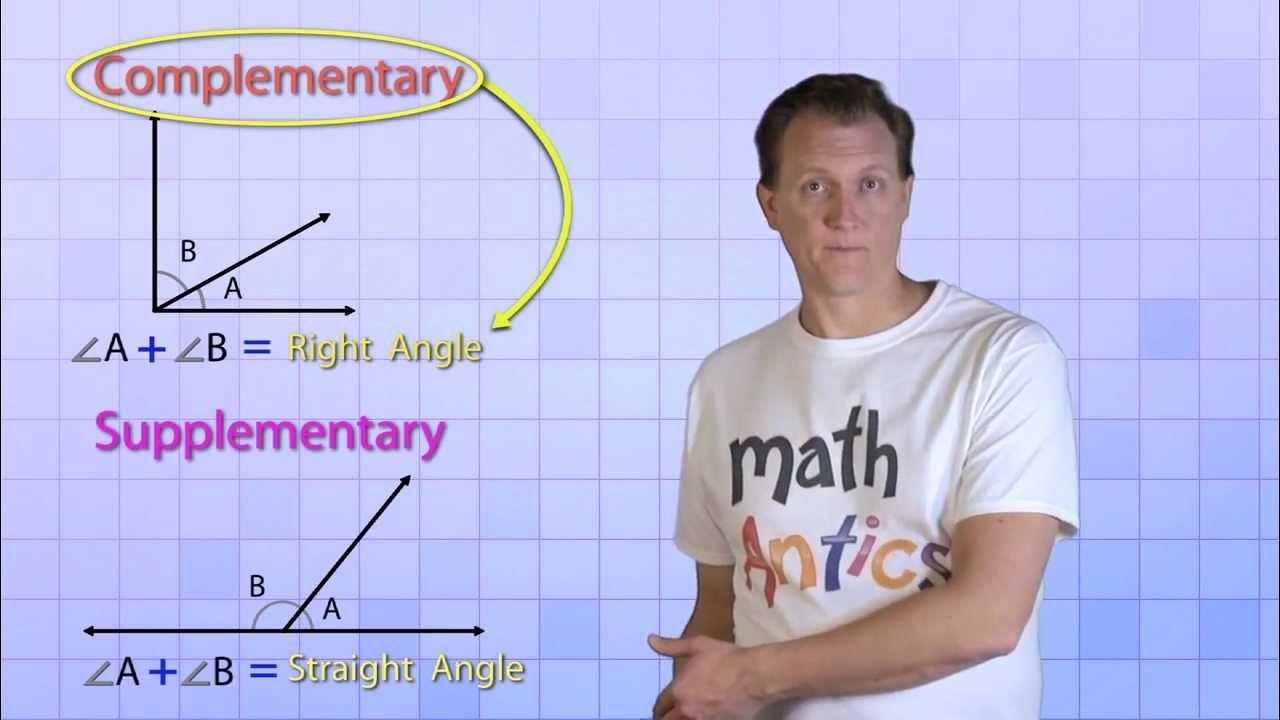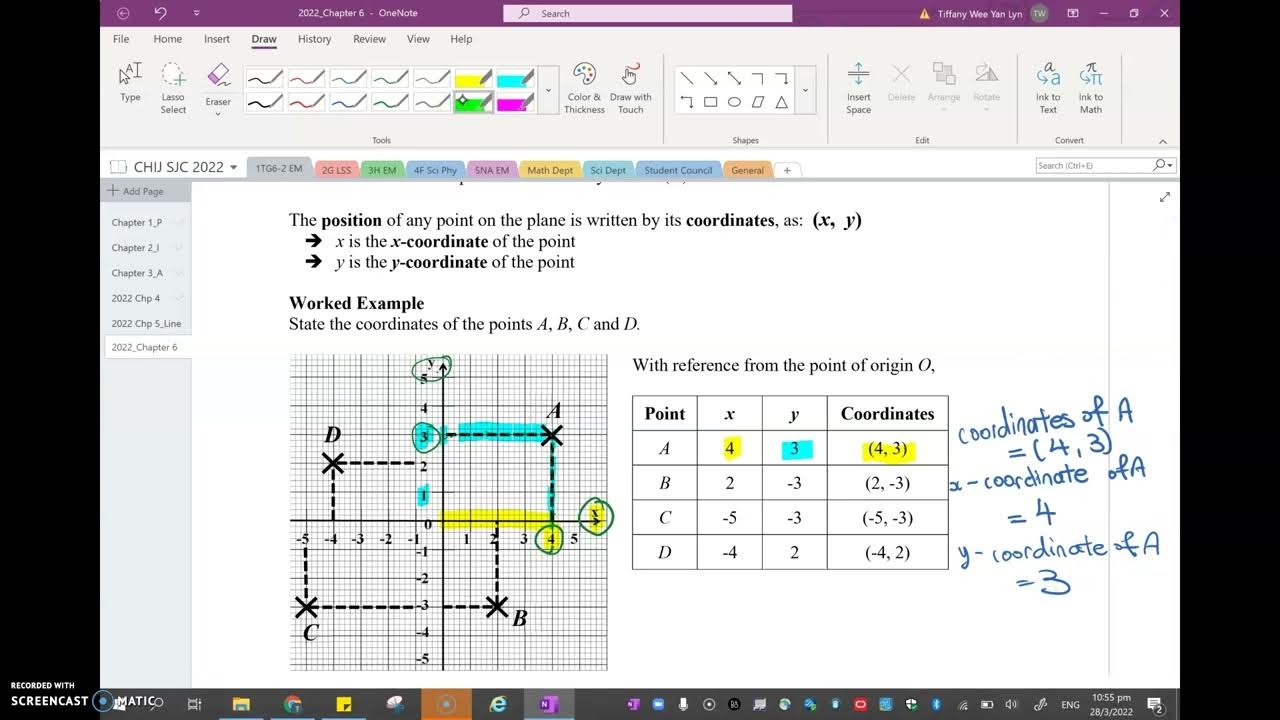Geometria Analitica nello Spazio : Equazione Parametrica della Retta
Summary
TLDRIn this video, the concept of lines in analytical geometry is explored, starting with a recap of lines in the Cartesian plane. The focus is on understanding the parametric equation of a line, demonstrating how it works in 2D before extending to 3D space. Various forms of line equations, including explicit, implicit, and parametric equations, are discussed, with a particular emphasis on the geometry of the parametric form. The video also highlights the flexibility of parametric equations and how different representations can describe the same line. Real-world analogies, such as an imaginary vehicle moving along a line, help simplify the concepts for the viewer.
Takeaways
- 😀 The equation of a straight line in 2D can be written in explicit form (y = mx + c) or implicit form (ax + by + c = 0).
- 😀 The explicit form of the line equation is particularly useful for understanding the slope (m) and y-intercept (c) geometrically.
- 😀 Vertical lines cannot be represented by the explicit form because the slope is undefined; they require the implicit form.
- 😀 The parametric equation of a line in 2D is represented as P0 + t * v, where P0 is a point on the line and v is a direction vector.
- 😀 In the parametric form, 't' represents a parameter, which can be interpreted as time in a real-world context, such as the movement of a vehicle along the line.
- 😀 Changing the direction vector or the starting point of the line in the parametric equation leads to different but equivalent representations of the same line.
- 😀 The parametric equation can include vertical lines and offers an intuitive understanding of the line's direction and motion.
- 😀 Moving to 3D space, the parametric equation follows the same principle, with an additional equation for the z-coordinate.
- 😀 In 3D, the parametric equation of a line is written as P0 + t * v, where P0 is a point in 3D space and v is the direction vector in 3D.
- 😀 There are infinitely many parametric equations for the same line, and choosing different starting points or multiplying the direction vector results in different equations but the same geometric line.
- 😀 The video demonstrates through exercises how to find the parametric equation of a line passing through two points and shows that different choices of vectors or starting points still describe the same line.
Q & A
What is the main focus of the video?
-The main focus of the video is to discuss the concept of straight lines (retta) in analytic geometry, particularly how to understand and apply parametric equations for lines in both the plane and 3D space.
Why is it important to understand the parametric equation of a line in 2D before moving to 3D?
-Understanding the parametric equation of a line in 2D simplifies the transition to 3D geometry. The concepts are similar, and grasping them in 2D makes it easier to extend to the 3D space.
What are the two forms of the equation of a line in the Cartesian plane?
-The two forms of the equation of a line in the Cartesian plane are the explicit form (y = mx + c) and the implicit form (ax + by + c = 0).
What does the slope 'm' and the y-intercept 'c' represent in the explicit form of the equation?
-In the explicit form of the equation, the slope 'm' represents how steep the line is, while the y-intercept 'c' indicates where the line intersects the y-axis.
What is the limitation of the explicit form of the equation of a line?
-The explicit form does not work for vertical lines, as it requires a defined slope, which is not possible for vertical lines (the slope would be undefined).
How does the implicit form of the equation of a line handle vertical lines?
-The implicit form of the equation of a line can include vertical lines because it does not rely on the concept of slope. Vertical lines can be represented in the form ax + by + c = 0.
What is the significance of the parametric equation of a line?
-The parametric equation of a line is useful because it describes a line as the set of points generated by a base point and a direction vector. It works for both horizontal and vertical lines and is crucial for extending to higher dimensions.
In the parametric form, what role does the parameter 't' play?
-In the parametric form, 't' represents the parameter that allows the generation of different points on the line. It essentially determines how far along the line a point is by scaling the direction vector.
How is the parametric equation of a line in 2D expressed?
-In 2D, the parametric equation of a line passing through a point P0 with direction vector v is written as P(t) = P0 + t * v, where P0 is the starting point and v is the direction vector.
How does the transition from parametric equations in 2D to 3D space work?
-The transition to 3D space involves the same concept: a point P0 in 3D space and a non-zero vector v. The parametric equation for a line in 3D is P(t) = P0 + t * v, where the vector v now has three components (x, y, z), instead of just two.
Outlines

This section is available to paid users only. Please upgrade to access this part.
Upgrade NowMindmap

This section is available to paid users only. Please upgrade to access this part.
Upgrade NowKeywords

This section is available to paid users only. Please upgrade to access this part.
Upgrade NowHighlights

This section is available to paid users only. Please upgrade to access this part.
Upgrade NowTranscripts

This section is available to paid users only. Please upgrade to access this part.
Upgrade NowBrowse More Related Video

Bangun Datar [Part 1] - Garis dan Sudut

Matematika Kelas 9 Bab 3 Transformasi Geometri - A. Translasi hal. 136 - 143 Kurikulum Merdeka

Math Antics - Angle Basics

Chapter 6 pg 1,2

Vector Equations of Lines - Mathematics T STPM Semester 1

Definisi Titik, Garis dan Bidang dalam Ruang | Geometri Ruang | Matematika
5.0 / 5 (0 votes)